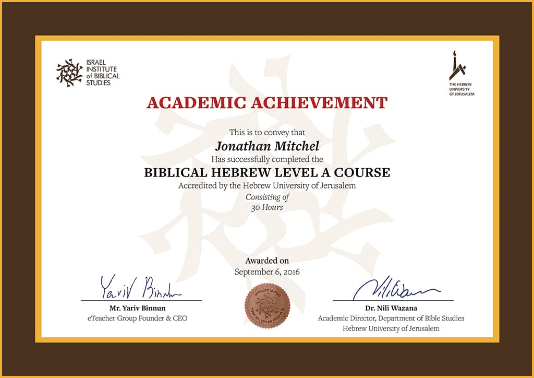Course Description
As an advanced student, in this course we will present various Biblical genres, including prophecies, poetry and parables. Through these genres, we will study the Hebraic method of interpretation, which is based on comparisons, analogies and parallelism that will enhance your skills as a Bible scholar.
A deeper layer of Biblical meaning will emerge as we read the words of Elijah, Isaiah and Jeremiah, three prophets who led the nation through various periods of highs and lows. With your new interpretive skills, you will greater appreciate the wisdom of Elijah, the message of Isaiah, and the comforting words of Jeremiah.
When do our courses start?
We have a few starting dates so you can choose the class that best suits your schedule. Our next class starts on Sunday, May 26 at 11:00 AM. If you are interested in one of our classes click on the schedule below to start the registration process.


















 Available on WhatsApp
Available on WhatsApp